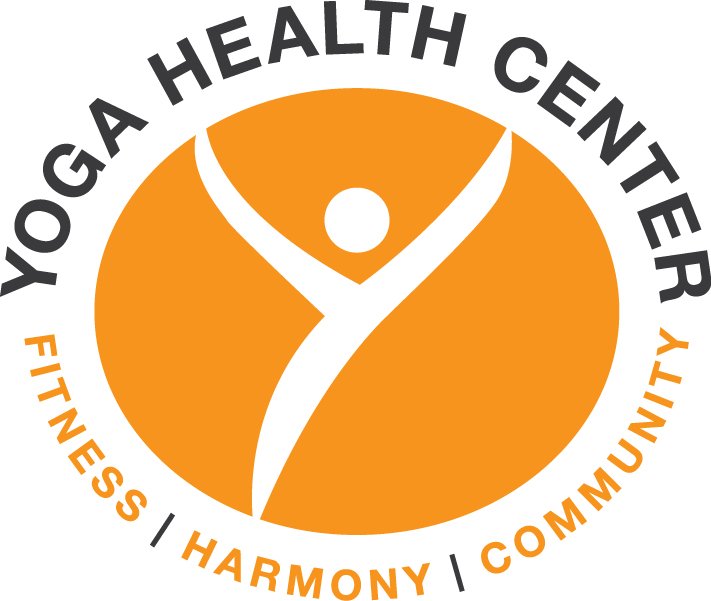How Does Power Yoga Differ from Other Yoga Styles?
Power Yoga is a dynamic form of yoga that emphasizes strength and flexibility. Unlike other styles, it focuses on intense movement and stamina while still offering the benefits of traditional yoga. This blog will explore the key differences that set Power Yoga apart from other popular yoga styles.
What is Power Yoga?
Power Yoga is a modern approach to yoga that gained popularity in the West during the 1990s. It combines the principles of traditional yoga with a more dynamic and fitness-oriented focus. Unlike its classical counterparts, Power Yoga emphasizes physical strength and flexibility through vigorous movements.
Often characterized by its energetic pace, Power Yoga can be both exhilarating and challenging. The practice aims to build stamina and muscular strength while also enhancing mental focus and overall wellbeing. It's less about spiritual teachings and more about cultivating a strong body and mind.
In essence, Power Yoga is great for those who want a workout that keeps them engaged while still maintaining the foundational postures and breathing techniques of traditional yoga. It's ideal for practitioners looking for high intensity amidst their yoga experience.
Key Characteristics of Power Yoga
One of the standout characteristics of Power Yoga is its high-paced flow. Classes typically involve a series of sequences that transition rapidly from one pose to another, providing a full-body workout. This dynamic approach sets it apart from styles like Hatha, which move at a slower pace.
Another defining feature is the focus on strength-building poses. Power Yoga incorporates more strength-training elements, making it appealing to fitness enthusiasts. Poses like Warrior II, Plank, and Chaturanga are emphasized, providing a robust physical challenge.
Additionally, Power Yoga is often influenced by different yoga traditions. Instructors may draw techniques from Ashtanga or Vinyasa, which further enriches the practice and introduces variety. This eclectic mix helps keep practitioners engaged and motivated to explore different styles.
Comparison with Hatha Yoga
When comparing Power Yoga to Hatha Yoga, the differences are quite pronounced. Hatha Yoga typically focuses on the foundational aspects of yoga, incorporating longer holds and mediation, while Power Yoga emphasizes flow and movement.
In Hatha classes, there is an emphasis on alignment and technique, encouraging practitioners to explore poses at a comfortable pace. In contrast, Power Yoga asks for quick transitions, demanding stamina and a more vigorous practice. This intensity can result in a different type of physical exertion and mental engagement.
Furthermore, Hatha Yoga often incorporates meditation and spiritual elements, while Power Yoga, although it promotes mindfulness, is largely centered around the physical workout. This makes Power Yoga a more appealing choice for those primarily invested in fitness.
How Power Yoga Differs from Vinyasa
At first glance, Power Yoga and Vinyasa may seem similar since both styles emphasize movement and breathing. However, the key difference lies in the intensity and sequencing. Vinyasa Yoga focuses on creating smooth transitions between poses, but it may not always be as vigorous as Power Yoga.
In Power Yoga, classes often feature a predetermined set of sequences aimed at building strength and endurance. Vinyasa, on the other hand, can vary significantly from class to class and instructor to instructor, allowing for more creative reign in pose selection.
Thus, while both provide a satisfying workout, Power Yoga targets those who prefer a more rigorous approach that challenges their physical capabilities, whereas Vinyasa appeals to those wanting variety in each class while incorporating fluid transitions.
Benefits of Practicing Power Yoga
Practicing Power Yoga comes with a multitude of benefits, both physical and mental. Physically, it helps in building muscle strength, improving flexibility, and enhancing cardiovascular fitness. The continuous movement keeps the heart rate up, which can contribute to weight loss and overall fitness.
Mentally, Power Yoga fosters focus and discipline. The instruction to synchronize breath with movement creates a meditative rhythm, helping to clear the mind and reduce stress. This aspect can lead to increased emotional wellbeing and a sense of accomplishment post-practice.
Moreover, consistent practice may lead to improved core strength and better posture, mitigating issues like back pain. Many practitioners find that they not only feel stronger physically but also more connected to their bodies through this energetic and intense form of yoga.
Who Should Choose Power Yoga?
Power Yoga is ideal for individuals looking to enhance their physical fitness while gaining the advantages of yoga. If you thrive on challenge and enjoy a fast-paced environment, then this style will suit you well. It's perfect for those who seek a workout that feels both engaging and rewarding.
Athletes and fitness enthusiasts may also find Power Yoga beneficial. The style complements other sports by strengthening muscles, improving flexibility, and promoting recovery through active stretching. It's an excellent way to cross-train and prevent injuries.
However, beginners should approach with caution. The intensity can be overwhelming for those new to yoga. Those just starting their journey may want to explore gentler styles before diving into Power Yoga to build a foundation of strength and flexibility.
Conclusion
In summary, Power Yoga is a unique practice that combines physical vigor with traditional yogic principles. Its focus on strength, breath, and flow distinguishes it from other styles, making it an excellent choice for those seeking a more vigorous workout while still reaping the mental and emotional benefits of yoga.


